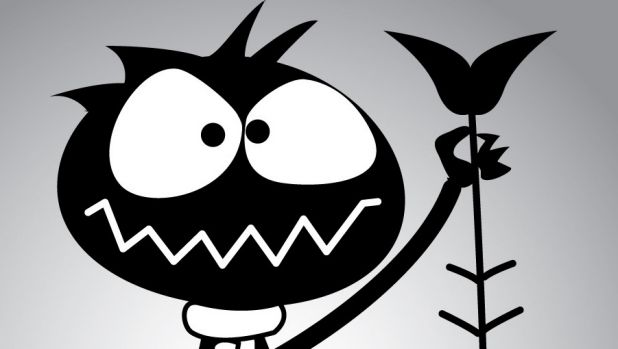
Australia’s celebrity fly: Louie the Fly.
As Australians swelter at the beach or cheer at the cricket, summer just wouldn’t be complete without hordes of flies and mosquitoes descending upon us like an old testament curse.
Mosquitoes and flies seem noticeably worse this year and that’s because conditions are ideal. The record-breaking hot temperatures across Sydney and heavy rain in spring has allowed the populations to flourish, according to entomologist Bryce Peters, general manager of technical services at the faculty of Science, University of Technology Sydney.
There are thousands of fly species in the country but only two that cause Sydneysiders grief: the house fly (Musca domestica) and bush fly (Musca vetustissima). While house flies can be found indoors, resting on food, bush flies enjoy landing on humans outside.

A bug’s life: Mosquitoes are worse this summer than they have been for many years.
“They’re responsible for that famous Australian salute,” Mr Peters said.
“Bush flies are attracted to sweat. The reason for this is that the female bush fly wants to drink sweat to mature her eggs. So bush flies will hone in on ‘sweaters’ and sources of moisture,” says forensic entomologist associate professor James Wallman from the School of Biological Sciences at the University of Wollongong.
For mosquitoes, hot weather coupled with bodies of water are ideal for breeding. Medical entomologist Dr Cameron Web from the University of Sydney and NSW Health said the heavy rain in Sydney and flooding of wetlands last year mean numbers have increased significantly.
“Mosquitoes are worse this summer than they have been for many years and primarily that’s because we’ve had such a warm wet spring and start to summer,” he said.
But one of the most common, Aedes Notoscriptus, can be found in gardens all year round. “Probably every person across Australia has been bitten by that mosquito at some point in time because it’s found everywhere,” Dr Webb said.
However species of saltmarsh mosquitoes do become more numerous during periods of wetland flooding and humidity. They can be a bigger pest as they are found in swarms near estuaries in densely populated areas. A high tide coming in around Australia Day means that mosquito numbers will continue to grow into February, Dr Webb said.
“Ideal conditions for them are provided by the highest tides of the month that come in and flood some of those wetlands. Over the course of a month the population can double or triple just in the space of a week” he said.
